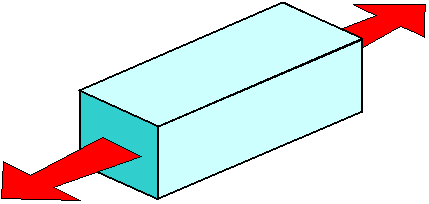
- Teacher: Murshida Khatun

There is no content in this section.
To add content, click on the above link ‘Edit course text’
Demography is the study of the size, composition, and geographic distribution of human populations, and how the population changes due to fertility, mortality, and migration. Demographic methods, which consist of the procedures and techniques for working with demographic data.
Biostatistics (also known as biometry) are the development and application of statistical methods to a wide range of topics in biology. It encompasses the design of biological experiments, the collection and analysis of data from those experiments and the interpretation of the results.
Medicinal chemistry deals with the discovery, design, development and both pharmacological and analytical characterization of drug substances. It is the intersection between chemistry, especially synthetic organic chemistry and pharmacology.
Physical pharmacy is one of the fundamental course of pharmacy. This course gives the students about the idea of the materials science and their properties. It is the combination of physics, chemistry, mathematics and biological and non-biological application as well. It also discusses the physical and chemical properties of drug, dosage forms and their delivery systems. It frames the reason for configuration, assembling, and delivery of drugs items and fills in as the establishment for the steady and appropriate utilisation of clinical drugs.It covers territories, for example, solubility, pharmacokinetics and delivery of materials to biological systems.